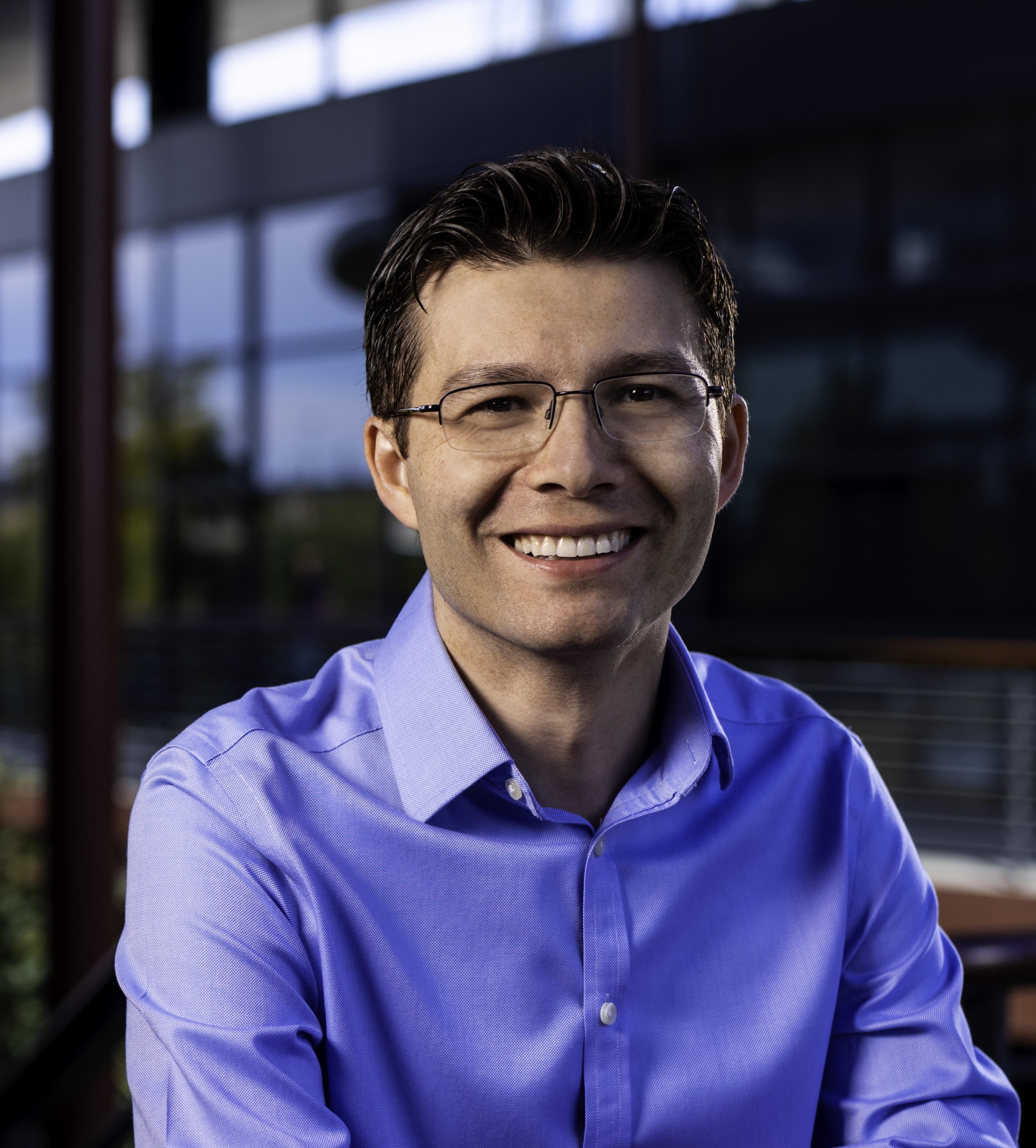Sergiu Pasca, MD, is an Associate Professor of Psychiatry and Behavioral Sciences at Stanford University and the Bonnie Uytengsu and Family founding Director of Stanford Brain Organogenesis. A physician by training, Dr. Pasca is interested in understanding the rules governing human brain assembly and mechanisms of neuropsychiatric disease. Dr. Pasca developed some of the initial in-a-dish models of disease by deriving neurons from skin cells taken from patients with genetic neurodevelopmental disorders. His laboratory introduced the use of instructive signals for reproducibly deriving from stem cells self-organizing 3D cellular ensembles named brain region-specific organoids. He also pioneered a modular system to study human neuronal migration and the formation of functional circuits in preparations termed assembloids. Dr. Pasca’s laboratory has systematically applied these advanced cellular models to gain novel insights into human physiology, evolution, and brain disease mechanisms, and supported researchers around the world in learning and implementing these techniques.
Co-PI (Core Leadership)
Sergiu Pasca, MD
Stanford University
Sergiu Pasca, MD, is an Associate Professor of Psychiatry and Behavioral Sciences at Stanford University and the Bonnie Uytengsu and Family founding Director of Stanford Brain Organogenesis. A physician by training, Dr. Pasca is interested in understanding the rules governing human brain assembly and mechanisms of neuropsychiatric disease. Dr. Pasca developed some of the initial in-a-dish models of disease by deriving neurons from skin cells taken from patients with genetic neurodevelopmental disorders. His laboratory introduced the use of instructive signals for reproducibly deriving from stem cells self-organizing 3D cellular ensembles named brain region-specific organoids. He also pioneered a modular system to study human neuronal migration and the formation of functional circuits in preparations termed assembloids. Dr. Pasca’s laboratory has systematically applied these advanced cellular models to gain novel insights into human physiology, evolution, and brain disease mechanisms, and supported researchers around the world in learning and implementing these techniques.


